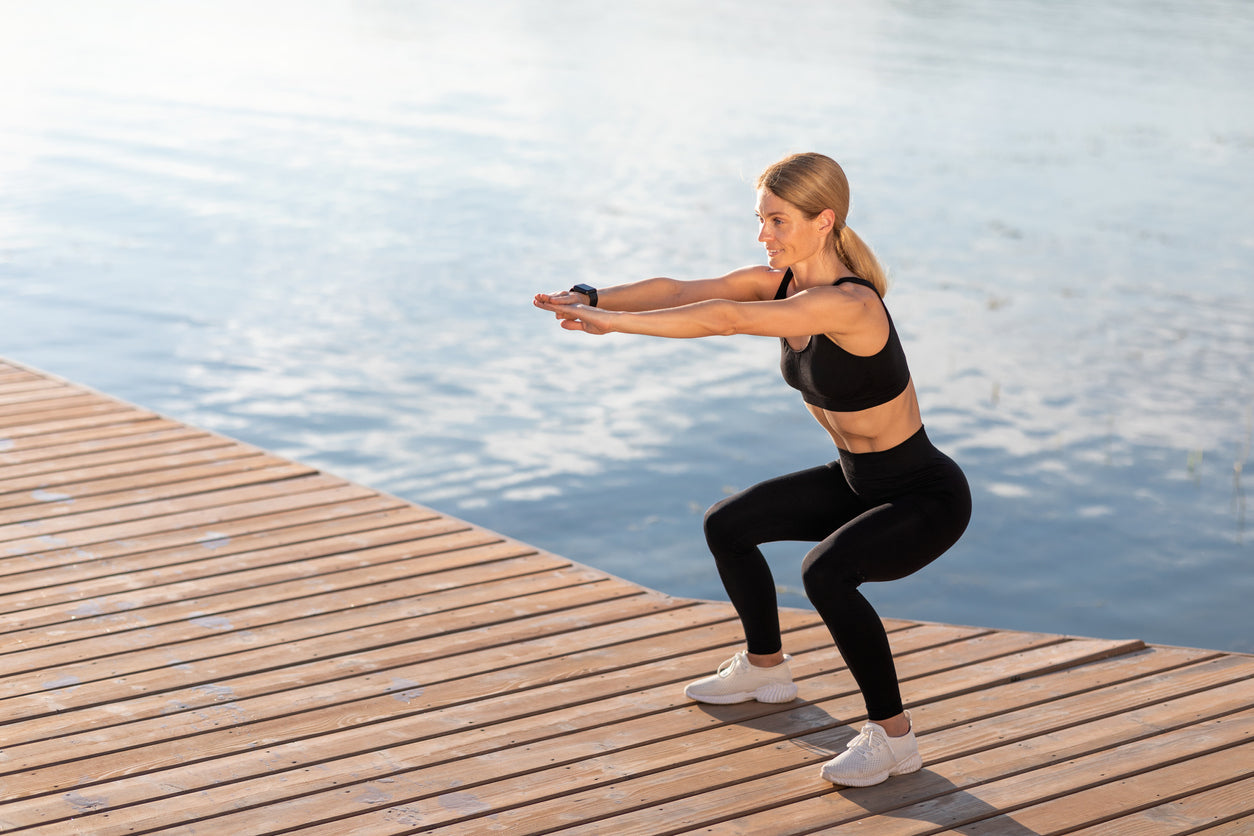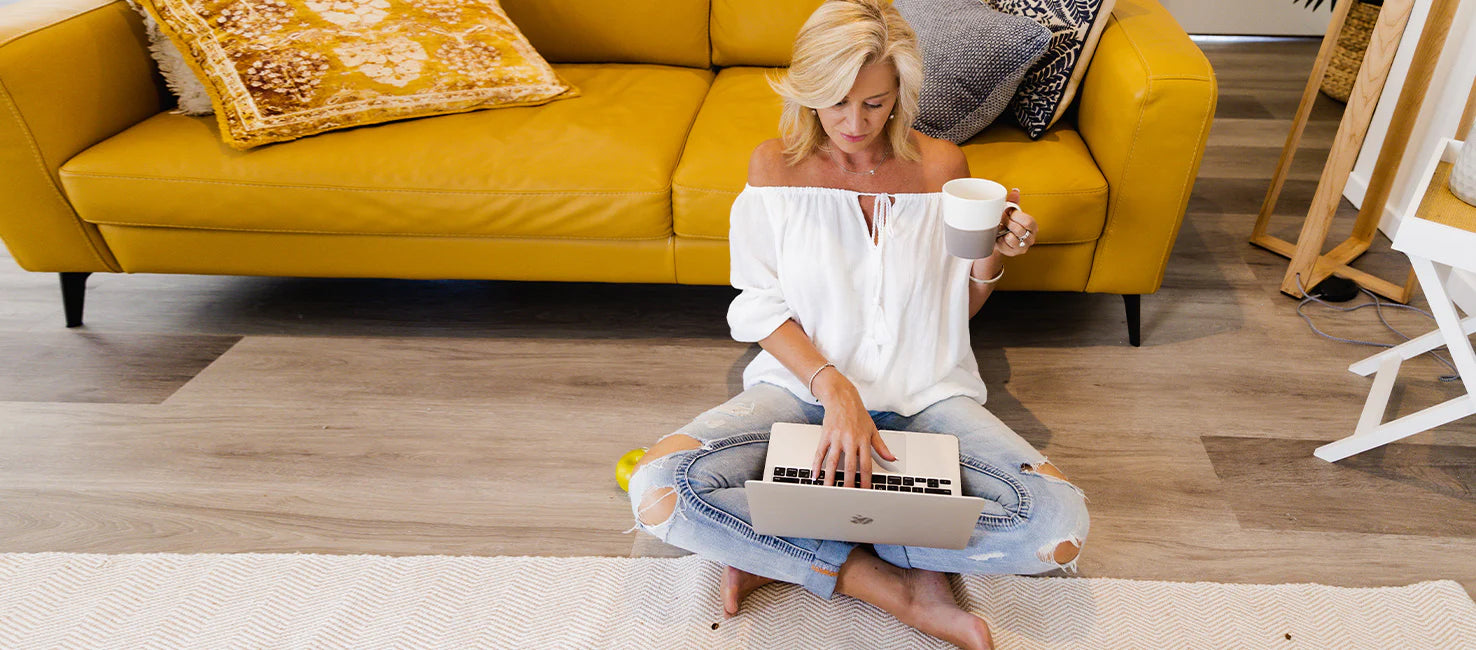The squat – a fundamental movement pattern that often gets overlooked in exercise routines. It's not just for weightlifters or bodybuilders; it's an exercise that holds immense value for everyone. Whether you're a gym enthusiast or someone looking to enhance daily functionality, mastering the squat can make a significant difference in your overall fitness.
The Basics of Squatting
Squatting is a compound exercise that engages multiple muscle groups, primarily targeting the quadriceps, hamstrings, glutes, and core muscles. Perfecting your squat form is crucial to reap its full benefits and prevent injuries. Here's a step-by-step guide on how to perform a basic bodyweight squat:
- Start Position: Stand with your feet shoulder-width apart or slightly wider, toes pointed slightly outward.
- Initiate the Movement: Keep your chest up, back straight, and engage your core. Lower your body by bending your knees and hips, as if you're sitting back into an imaginary chair.
- Depth: Aim to lower your hips until your thighs are parallel to the ground or as far as comfortably possible without compromising form. Keep your knees aligned with your toes; they shouldn't extend beyond your toes.
- Return to Start: Push through your heels, straighten your legs, and return to the starting position. Remember to keep your chest up throughout the movement.

Why You Should Squat
1. Squats Build Strength
Squats target major muscle groups, enhancing overall lower body strength and functional movement.
2. They Help to Improve Your Mobility
Regular squatting can increase hip, ankle, and knee flexibility, promoting better range of motion in daily activities.
3. Burn More Calories
As a compound exercise, squats engage multiple muscles simultaneously, leading to increased calorie burn and improved metabolism.
4. Enhances Posture and Balance
Proper squat form helps strengthen core muscles and stabilizes your body, contributing to better posture and balance.
5. Powerful Functional Fitness
Mastering the squat translates to improved performance in daily tasks like lifting objects, climbing stairs, and even sitting and standing.

Summary
Incorporating squats into your fitness routine doesn't necessarily mean adding heavy weights. Beginners can start with bodyweight squats and gradually progress by adding resistance with dumbbells, barbells, or kettlebells.
Remember, quality over quantity is key. Focus on proper form and gradually increase the intensity. If you're new to squatting or have any concerns, consider consulting a fitness professional to ensure you're performing the exercise correctly and safely.
So, why wait? Start squatting today and witness the transformative impact it can have on your body and well-being!






